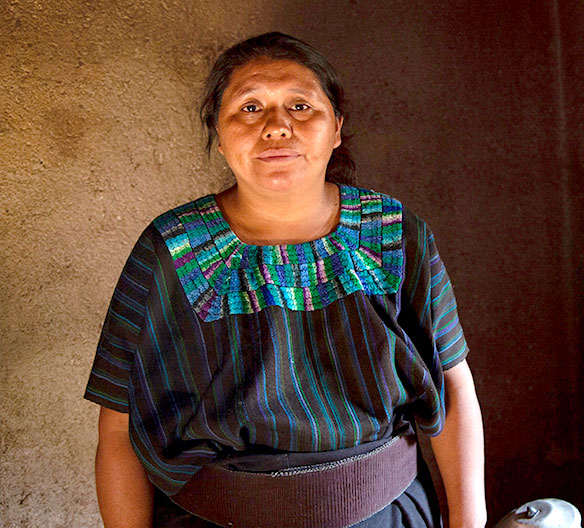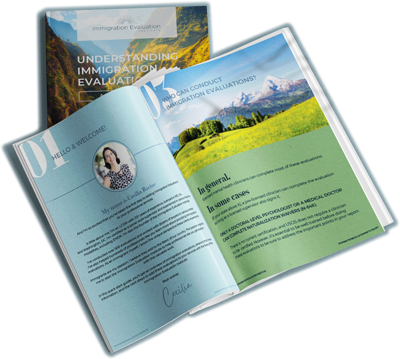What do you want to learn more about?
Needs of Indigenous Populations

It is estimated that there are 370 million indigenous people around the world, belonging to more than 5,000 different groups (Amnesty International, n.d.). Yet, despite their differences, many indigenous people face similar realities—forced displacement, discrimination, and challenges to manifesting their identity, all of which may affect mental health.
In this week’s blog post, we’ll look at some of the key drivers of mental ill-health among indigenous populations and how to tailor your services to these unique populations.
Drivers of Mental Ill-Health Among Indigenous Populations
Indigenous populations are disproportionately exposed to drivers of mental ill-health compared to the general population (UNHCR, n.d.). These drivers stem not only from events of the past but ongoing and intergenerational effects. Key drivers can include:
Eviction from Ancestral Lands
For example, being denied access to natural landmarks, ancestors, and spiritual dimensions of existence.
Exclusion from Socio-Economic Life
For example, the inability to gain access to education, professional healthcare, finance, and stable employment.
War and Violence
For example, the ongoing persecution of specific subgroups or tribes. Such violence may ultimately lead the individual to seek asylum in another country.
Eviction from Ancestral Lands
For example, being denied access to natural landmarks, ancestors, and spiritual dimensions of existence.
Racism and Discrimination
Upon entering a new country, the individual may be subjected to forms of racism, including microaggressions, physical attacks, or verbal abuse.
Exclusion from Socio-Economic Life
Further, the individual may struggle to gain access to education, professional healthcare, finance, and stable employment in the new country.
Additionally, trauma experienced first-hand by survivors of colonialism and war can be passed on to children—a phenomenon known as intergenerational trauma. Via this process, a population experiences trauma shows physical and psychological symptoms in response to the trauma, which is then passed on to subsequent generations.
Research suggests that this process of trauma transferal may take place through a combination of both nature and nurture. That is, the traumatized parent attempting to raise a child may face challenges as they navigate their own mental states, and/or the parent’s trauma may modify the genes of their child (Pember, 2016). Therefore, it is important to remember that events of the past often have enduring effects long into the future.
Providing Mental Health Services to Indigenous Populations
Any approach to supporting indigenous clients must offer a broad enough psychological perspective to consider the social, historical, and cultural contexts in which mental health conditions arise. Here are some key things to keep in mind when working with these populations (SAMHSA, 2019).
Take a Holistic View
In many indigenous populations, substance use and mental illness are not thought of as diseases, character flaws, or diagnoses. Rather, they are thought to be symptomatic of an imbalance with the world. As a practitioner, ensure that you are inclusive of this approach that integrates the emotional, social, behavioral, physical, and spiritual sides of existence. Likewise, a mental illness diagnosis may carry stigma in some cultures, so be sure to communicate sensitively about diagnoses when discussing the results of your immigration evaluations with clients.
Practice Cultural Awareness
Remember that your cultural background colors your worldview. Take the time to explore how your beliefs may have been shaped by your heritage. And similarly, do your homework to understand how your clients’ worldview may have been shaped by theirs.
Respect for Many Paths
Keep in mind that most extant data on evidence-based treatment approaches are not based on native populations. It is likely you may need to apply your learnings from practice to adapt standard evidence-based approaches to treatment.
Closing Thoughts
It is likely that, for many of your indigenous clients, a meeting with an immigration evaluation therapist will represent their first interaction with a psychological service professional. This allows you to set the tone of their experience with such services, potentially influencing your client’s likelihood of seeking psychological support in the future—so make a good first impression!
References
Amnesty International. (n.d.). Indigenous Peoples.
Pember, M. A. (2016). Intergenerational trauma: Understanding Natives’ inherited pain.
Substance Abuse and Mental Health Services Administration (SAMHSA) (2019). Behavioral health services for American Indians and Alaska Natives [Report].
United Nations High Commissioner for Refugees (UNHCR). (n.d.). Minorities and Indigenous Peoples.

I’m Cecilia Racine, and I teach therapists how to help immigrants through my online courses. As a bilingual immigrant myself, I know the unique perspective that these clients are experiencing. I’ve conducted over 500 evaluations and work with dozens of lawyers in various states. Immigrants are my passion, I believe they add to the fabric of our country.
related articles
Helping Immigrants Find Safety and Healing Through U and T Visas
As mental health clinicians, we possess a unique set of skills that can be a…
Expand Your Expertise: Recommended Trainings for Immigration Clinicians
The Immigration Evaluation Institute Comprehensive course is a great first step into the world of…
Ethical Considerations in Immigration Evaluations
The role of mental health professionals in immigration evaluations is fraught with unique ethical complexities.…
Join the Free
Immigration evaluation
therapists facebook group
Are you a therapist that conducts immigration evaluations?



